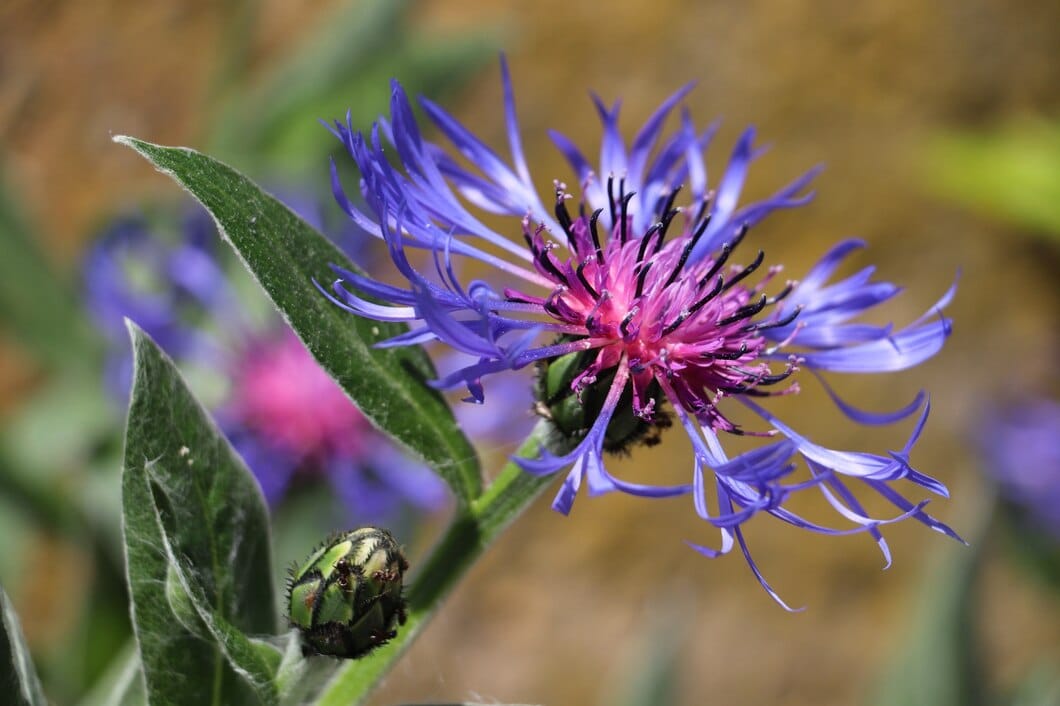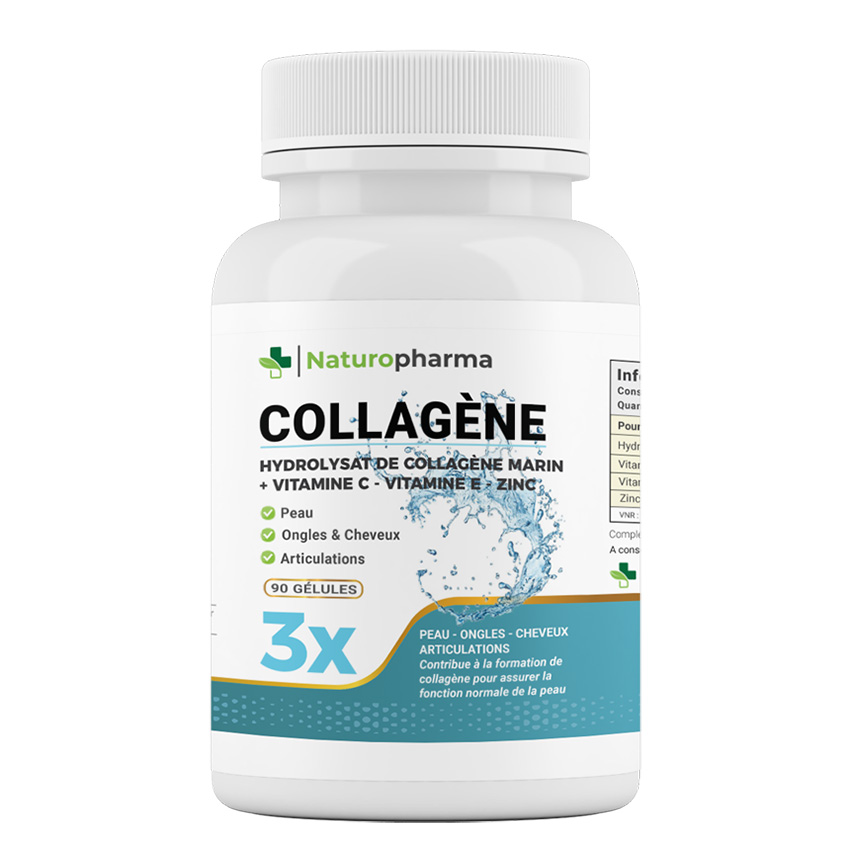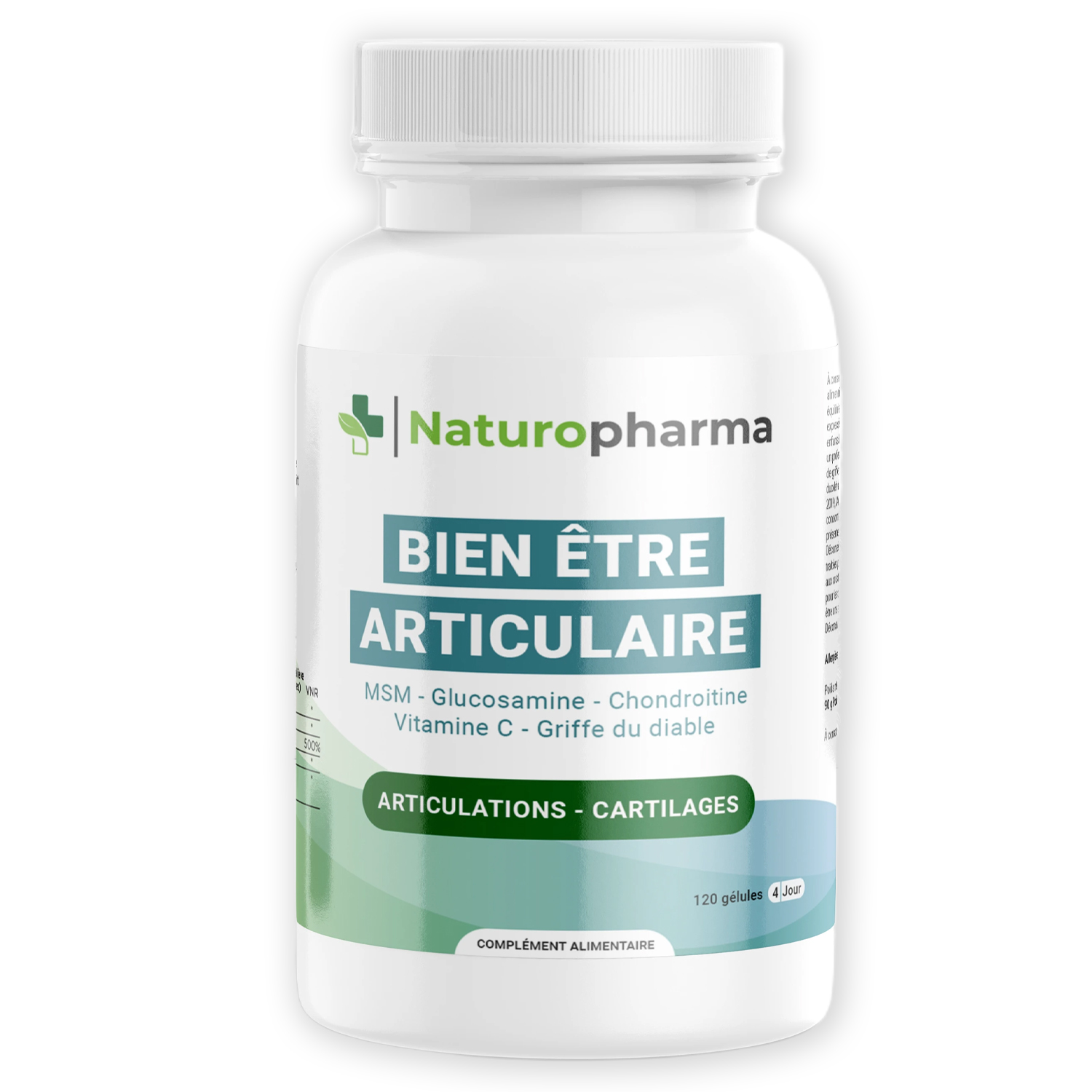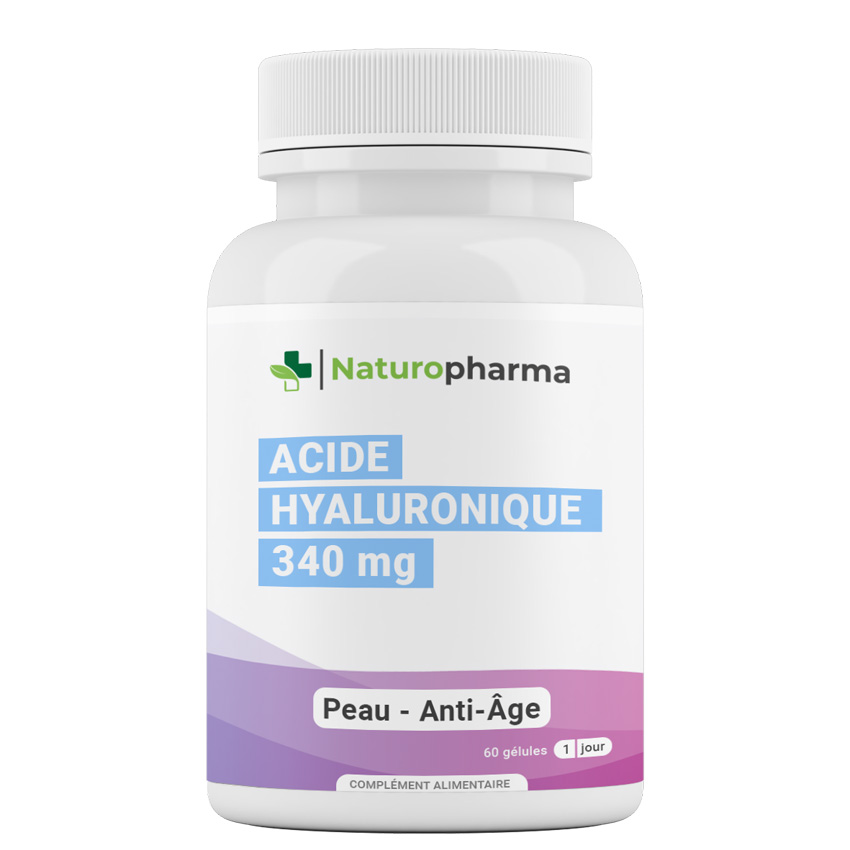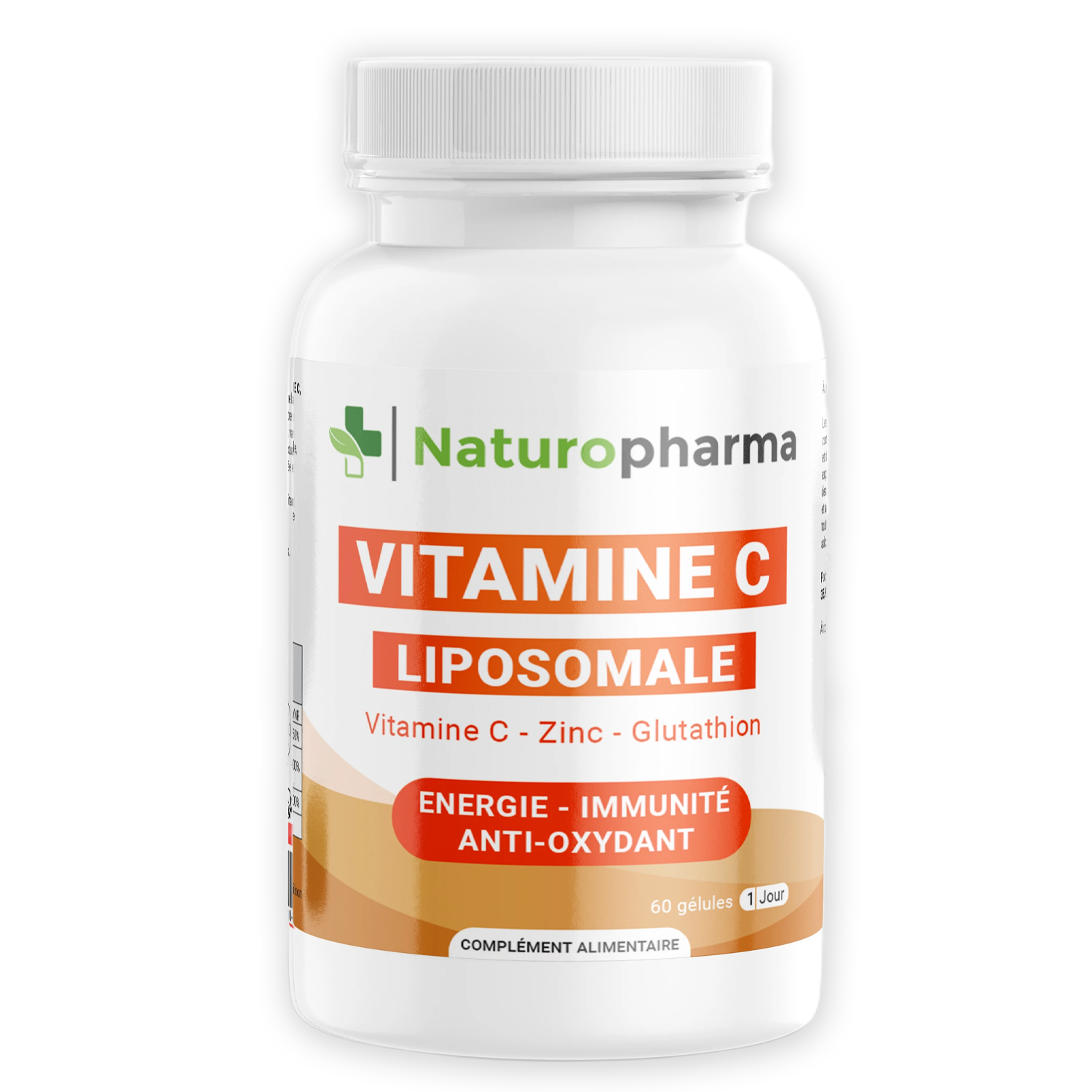1. Presentation of Bleuet
Le Cornflower (Centaurea cyanus), also known as Cornflower or Fleur de Zacharieis a herbaceous plant belonging to the Asteraceae. Renowned for its soothing and anti-inflammatory propertiesIt is traditionally used in phytotherapy for the care of the skin. tired eyesand sensitive skins and digestive problems.
2. Origin and habitat
The cornflower originates fromEurope and Western Asia. Once widespread in cereal fieldsIts population declined with the use of pesticides. Today, it is mainly cultivated for its medicinal and cosmetic properties.
This plant grows wild in meadows, fields and sandy areas. It is distinguished by its bright blue flowerswhich attract pollinators and are used both in infusion that oily macerate or in food supplement.
3. Composition and active ingredients
Cornflower is rich in bioactive compounds which give it its therapeutic properties:
- Flavonoids (quercetin, anthocyanins) powerful antioxidants that protect cells from oxidative stress.
- Tannins With astringent and decongestant properties.
- Phenolic acids Natural anti-inflammatories.
- Mucilage Moisturising and soothing for the skin and mucous membranes.
4. Benefits and properties
🌿 Eye health
- Relieves tired and irritated eyes (screens, pollution, allergens).
- Soothes the conjunctivitis and eye irritation.
- Reduces puffiness and dark circles under the eyes.
🌿 Skin care
- Soothes sensitive skin prone to redness and irritation.
- Promotes healing minor wounds and burns.
- Moisturises and tones the epidermis thanks to its mucilage.
🌿 Detoxifying and digestive
- Stimulateselimination of toxins and supports the liver.
- Helps relieve minor digestive problems (bloating, slow digestion).
🌿 Anti-inflammatory action
- Relieves mild inflammation of the mouth and gums.
- Provides a decongestant effect on the tired muscles.
5. Use as a food supplement
Cornflowers come in a variety of forms:
- Floral water (hydrolat): applied to the eyes and skin.
- Infusion of dried flowers for internal action.
- Oily macerate Used in cosmetics.
- Dry extract capsules for a concentrated effect on eye and digestive health.
Recommended dosage
- Infusion 1 to 2 teaspoons of dried flowers per 250 ml of water, twice a day.
- Floral water Apply as a compress to the eyes for 5 to 10 minutes, morning and evening.
- Capsules Follow the manufacturer's instructions (generally 300 to 500 mg/day).
6. Precautions for use and contraindications
- Well toleratedbut should be avoided in case ofallergy to Asteraceae (chamomile, arnica...).
- No significant side effects at the recommended doses.
- Not recommended for pregnant or breast-feeding women without medical advice.
7. Suggested associations
- For tired eyes Chamomile, Euphrasia.
- For sensitive skin Damask Rose, Aloe Vera.
- For digestion Fennel, Lemon balm.
8. Sources and scientific references
INSERM - Studies on medicinal plants and flavonoids : www.inserm.fr
ANSES - Use of hydrolats and plant extracts in phytotherapy : www.anses.fr

